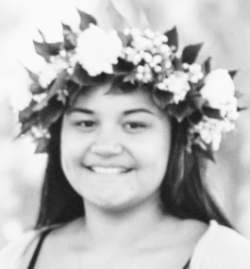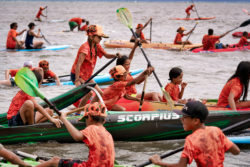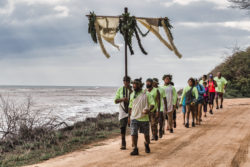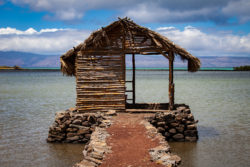Lā Hoʻohanohano

Na Alaonalani Puailihau
Editor’s note: This article, written by a Hawaiian language immersion student at Molokai High School, honors Queen Lili’uokalani.
Ma ka lā 2 o Kepakemapa makahiki 1838 ua hānau ʻia ʻo Lydia Liliʻu Loloku Walania Wewehi Kamakaʻeha ma Honolulu, Oʻahu, Hawaiʻi. Ke keiki a Analea “Annie” Keohokālole lāua o Caesar Kaluaiku Kamakaʻehukai Kahana Keola Kapaʻakea, a ke keiki hānai a Abner Kuhoʻoheiheipahu Pākī lāua o Laura Kanaholo Kōnia. I ka makahiki 1842, i kona makahiki he ʻehā, ua hoʻomaka ʻoia i kona aʻo ʻana ma ke Kula Kamāliʻi o nā Aliʻi. I kona wā i aʻo ai ma ia kula ua aʻo ʻia ʻoia pehea e ʻōlelo paheʻe i ka ʻōlelo Pelakānia a loaʻa mai i nā papa mele.…













